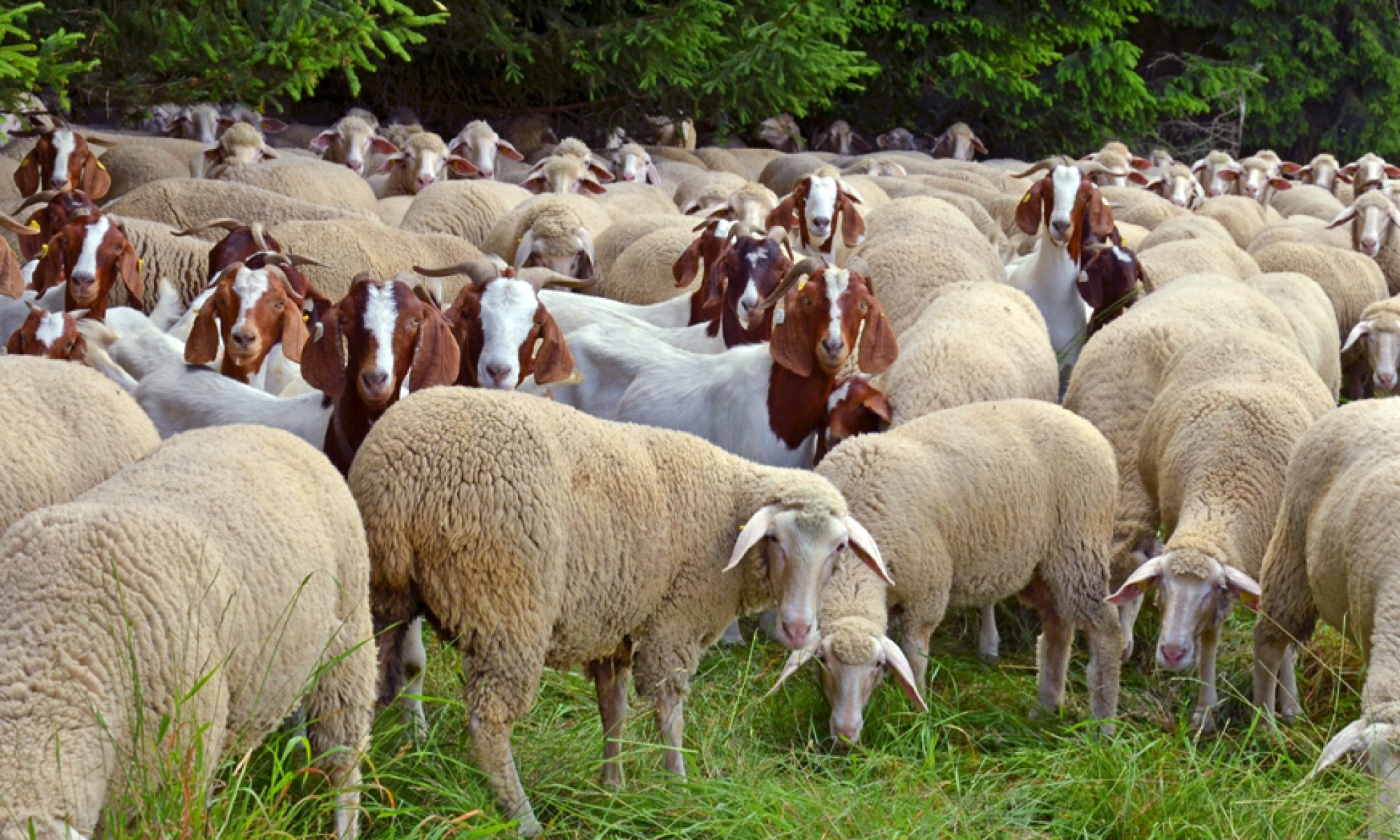Who could be surprised to learn that the pandemic has produced more heavy drinking? Recent studies tell us the obvious. The history of drinking in America has been fraught with ups and downs and ambivalence about booze, though for centuries drinking has been part of family life. It certainly was so in mine.
My parents seemed tacitly to approve of my drinking from about age fifteen—or at least were easy and permissive about it. Here’s how some of that culture came about.
One of my early memories is of my father mixing drinks at his opulent built-in bar, all stainless steel, mirrors and glasses, with a wet sink of course. I recall seeing in the cabinets below many fifths of Dewar’s White Label Scotch, a brand which I still like to this day. Dad used to take me to Bears football games in the dead of winter, and I learned the virtues of drinking out of a flask.
Scotch and gin were family staples, and my father had a six o’clock ritual of alternating Scotch on the rocks one night with Seagram’s yellow gin martinis the next. I once asked him what would happen if he drank martinis two nights in a row—a remark not wholly appreciated.
After my parents retired to Miami, that same alternating ritual continued. On a visit there which hadn’t gone too smoothly I poured myself a double Scotch one evening. Dad said, “John, you seem to be drinking a lot these days.” I got up and poured the drink out in the bar sink and he responded, “Well, you didn’t have to do that.”
But we also had our jolly times with booze. One such was the Boodles Gin incident, recounted in my book Jive-Colored Glasses (pp. 88-89). My mother and father had come to New York to celebrate the birth of my second son Ethan, and we celebrated, bombed out and jovial, with an afternoon of Boodles martinis.
My mother had her own preferences for drinking, which usually involved vodka and water with a squeeze of lime. She admitted that this was owing to vodka’s propensity to have no giveaway smell. After she died, her maid discovered a plain bottle labeled “DOUCHE” in the medicine cabinet. It contained you-know-what.
Heavy drinking seems to be as American as apple pie. Kate Julian notes this in her valuable piece on the subject:
By 1830, the average American adult was consuming about three times the amount we drink today. An obsession with alcohol’s harms understandably followed, starting the country on the long road to Prohibition.
What’s distinctly American about this story is not alcohol’s prominent place in our history (that’s true of many societies), but the zeal with which we’ve swung between extremes.
After noting that close to 25 percent of Americans admit to drinking more in the pandemic, she wonders how bad this excessive drinking really is. It depends, she says, “not only on how much you drink, but on how and where and with whom you do it.” We drink “because it is fun” and most of us avoid the “dark side” of drinking alcohol.
Yet drinking has lately become less social and more solitary, a typically American propensity. Julian notes that anxious women have become the new class of sometime drunks:
A growing class of merchandise now helps women carry concealed alcohol: There are purses with secret pockets, and chunky bracelets that double as flasks, and—perhaps least likely of all to invite close investigation—flasks designed to look like tampons.
She adds to these “the Poland Spring bottle secretly filled with vodka.” Some things never change.


Cheers John!
A fun read from beginning to end, wih good links as usual, especially the Julian piece from The Atlantic.
Made me wonder where I put my copy of “Everyday Drinking.” Can’t find it, must still be with some other books in the States.